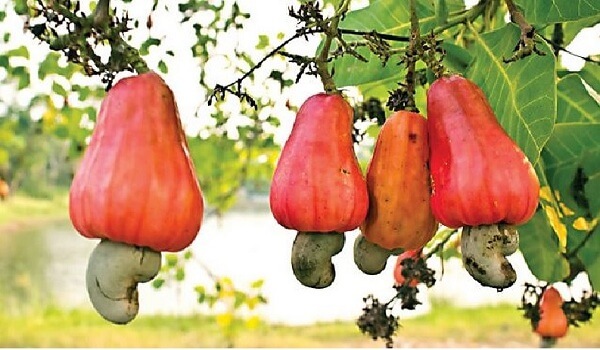Goan cashew (kernel) got the Geographical Indication (GI) tag where recognition is hailed as a great opportunity for the cashew industry in the state and “a milestone towards Swayampurna Goa mission”.
Goan Cashew
- Cashew was native to northeast Brazil in Latin America and Goan Cashew was introduced to Goa by the Portuguese in the 16th century (1570).
- Initially used for afforestation and soil conservation, its economic value became known a century later.
- Cashew production grew from a cottage industry to a major contributor to Goa’s economy, mainly due to its demand in the US.
Key Facts of Cashew
- Cashew is one of the most important plantation crops in India as it brings in considerable foreign exchange earnings. In the state of Goa, it occupies the largest area among horticultural crops.
- Well-drained deep sandy loam soils are the best for growing cashew. Heavy clay soils are not suitable, as cashew does not withstand water logging.
- In general, all soils from sandy to laterite are well suited for this crop.
- Cashew is very well adapted to Indian coastal areas under conditions with relative humidity in the range of 60 to 95 % and annual precipitation in the range of 2000 to 3500 mm.
- Hot humid conditions with temperature in the range of 20 to 380 C are suitable for cashew cultivation. Extreme low temperature and frost are not conducive to raise cashew plantations.
- As per National Horticulture Board, Maharashtra is the leading producer of cashew nuts followed by Andhra Pradesh, Orissa, Tamil Nadu, Karnataka, Kerala, Chhattisgarh, West Bengal, Meghalaya, Gujarat in 2021-2022.

